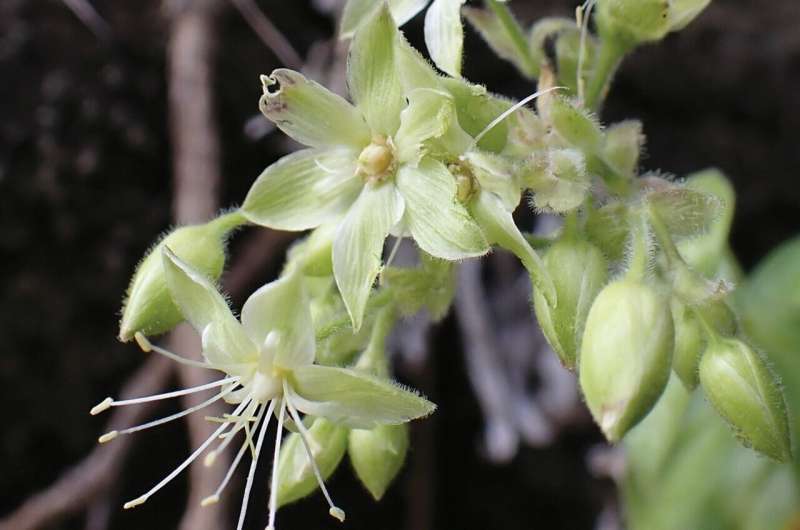Researchers have made a groundbreaking discovery of a new plant species in the Hawaiian Islands, made possible by the innovative use of drone technology. The newly identified species, Schiedea waiahuluensis, is a member of the carnation family and is found only on the dry cliffs of Waiahulu on the island of Kauaʻi. This remarkable finding highlights the vast potential for drones to revolutionize biodiversity research and conservation efforts, especially in remote and inaccessible areas. Hawaii is known for its unique and diverse flora, and this discovery underscores the importance of continued exploration and protection of these fragile ecosystems.

Drones Reveal the Secrets of Inaccessible Habitats
The discovery of Schiedea waiahuluensis was made possible through the National Tropical Botanical Garden’s (NTBG) innovative botanical drone program. Researchers used drone technology to explore the remote and treacherous cliffs of the Waiahulu region on Kauaʻi, an area that had previously been inaccessible due to its extreme terrain.
The NTBG collaborated with Outreach Robotics, a Quebec-based company, to develop a custom-designed device called the ‘Mamba.’ This remote plant collection device was suspended from a drone and used to carefully grab, cut, and collect the new plant species for further study. This groundbreaking approach allowed researchers to access and document areas that were previously unexplored, opening up new frontiers in biodiversity research.
An Enigmatic Addition to the Schiedea Genus
The newly discovered Schiedea waiahuluensis belongs to a well-studied Hawaiian lineage within the carnation family. The Schiedea genus consists of 36 species spread across the Hawaiian Islands, with 12 species found only on Kauaʻi. This new species is found solely on the dry cliffs of Waiahulu, with an estimated population of around 345 individuals, primarily growing on bare rock surfaces in small pockets of soil.
According to the researchers, Schiedea waiahuluensis has a unique combination of traits that ‘upended our notions about diversity in Schiedea, even after decades of research on this genus.’ This discovery highlights the continued potential for new and unexpected findings within the well-studied Hawaiian flora, and underscores the importance of ongoing exploration and conservation efforts.
Drones: A Game-Changer for Biodiversity Research and Conservation
The successful identification and collection of Schiedea waiahuluensis through drone technology has far-reaching implications for the field of biodiversity research and conservation. Lead author Warren Wagner, a research botanist at the Smithsonian Institution, emphasizes the transformative potential of the NTBG’s drone program, stating that it ‘provides a major new tool in biodiversity research that has allowed for better assessment of species distribution and status.’
Indeed, the drone-assisted exploration has revealed previously unknown populations of species presumed to be extinct, such as the recent rediscovery of Hibiscadelphus woodii, a relative of Hibiscus. This demonstrates the immense value of drone technology in identifying and monitoring the status of rare and endangered plant species, ultimately helping to prevent plant extinctions and guide conservation efforts in the Hawaiian Islands and beyond.
